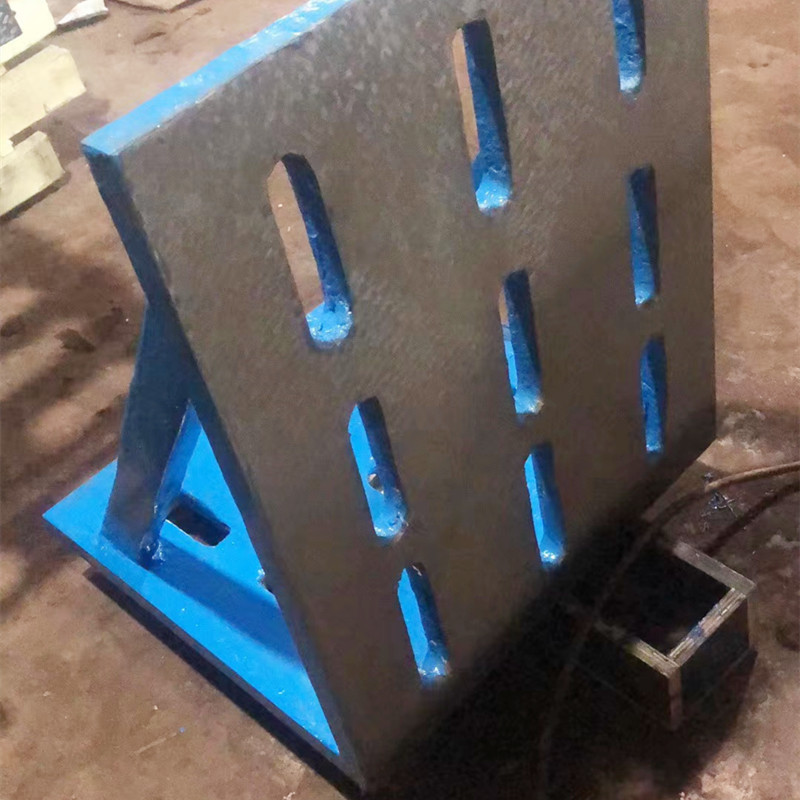нов . 27, 2024 01:34 Back to list
Understanding the Function and Operation of Butterfly Valves for On-Off Applications
The Functionality and Applications of Butterfly Valves in On/Off Operations
Butterfly valves are pivotal components in various industrial processes, primarily utilized for regulating flow. Their simple yet effective design enables efficient on/off control of fluids and gases, making them vital in numerous applications across diverse sectors. This article explores the functioning, advantages, and applications of butterfly valves in on/off operations.
Understanding Butterfly Valves
Butterfly valves consist of a circular disc, referred to as a butterfly, mounted on a rod. The design allows the disc to rotate within the valve body, controlling the flow of the medium passing through. When the valve is in the fully open position, the disc is parallel to the flow, allowing maximum volume to pass. Conversely, when the valve is turned to the closed position, the disc obstructs the flow, creating a seal that prevents the passage of fluid or gas.
Mechanism of Operation
The mechanics of a butterfly valve are relatively straightforward. Typically, they are operated manually via a lever or automatically using an actuator. In the manual version, an operator physically rotates the lever, which turns the disc to the desired position. The actuator, on the other hand, can be powered by electricity, air, or hydraulic fluid, facilitating remote operation and enabling quicker response times.
The versatility in operation modes of butterfly valves makes them suitable for various processes. For instance, in an automated system, sensors can trigger the actuator to open or close the valve based on real-time flow requirements, enhancing operational efficiency and safety.
Advantages of Butterfly Valves
One of the main advantages of butterfly valves is their compact design. Unlike traditional gate or globe valves, butterfly valves are lightweight and require less space for installation. This property is especially beneficial in piping systems where space is limited. Additionally, their quick operation mechanism allows for rapid opening and closing, making them ideal for applications that require frequent valve cycling.
butterfly valve on off

Another significant benefit is their cost-effectiveness. Butterfly valves are generally less expensive than other types of valves, such as ball or gate valves, while still providing reliable performance. This affordability, combined with low maintenance requirements, makes butterfly valves an attractive option for many industries.
Moreover, butterfly valves provide a tight seal when closed, minimizing leakage. This characteristic is crucial in applications where the integrity of the medium is paramount, such as in water treatment plants or chemical processing facilities.
Applications Across Industries
Butterfly valves are extensively used in various industries due to their adaptability. In the water and wastewater treatment sector, they are employed to manage flow rates within treatment plants, controlling the distribution of water resources effectively. Similarly, in the oil and gas industry, butterfly valves play a crucial role in pipeline systems, regulating flow and ensuring safe transport of hydrocarbons.
In the HVAC sector, these valves are commonly used in air handling systems to control airflow and maintain optimal environmental conditions. Their ability to quickly open and close is essential in managing heating and cooling processes efficiently.
Additionally, butterfly valves are favored in food and beverage processing due to their clean and compact design, preventing contamination while facilitating the hygiene standards that are essential in this industry.
Conclusion
In summary, butterfly valves are integral components in modern industrial processes, particularly in on/off applications. Their efficient design, quick operation, and versatile applicability make them a preferred choice across various sectors, including water treatment, oil and gas, HVAC, and food processing. As industries continue to evolve and seek more efficient solutions, the relevance and utility of butterfly valves will undoubtedly persist, reinforcing their status as a fundamental element in flow control systems globally. Their simplicity, durability, and effectiveness underscore the importance of this valve type in achieving operational excellence across numerous applications.
-
Thread Plug Gauge Our Promise of Measurement ExcellenceNewsAug.22,2025
-
Gauge Pin Class Reflecting Quality LegacyNewsAug.22,2025
-
Check Valve Types for High Rise BuildingsNewsAug.22,2025
-
Water Control Valve for Irrigation SystemsNewsAug.22,2025
-
Gate Valve with Soft Seal TechnologyNewsAug.22,2025
-
Y Type Strainer for Oil and Gas ApplicationsNewsAug.22,2025
Related PRODUCTS









